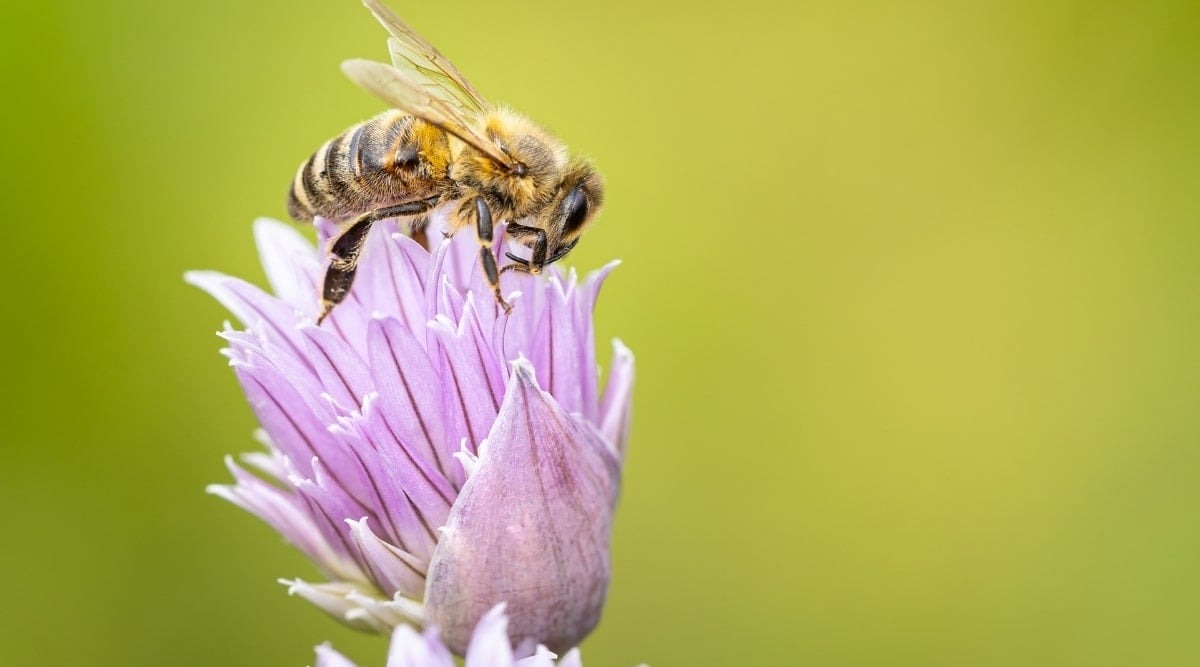
Creating a lively outdoor space means inviting the right visitors—the kind that pollinate, control pests, and add movement to your backyard. Every garden can become a thriving habitat with a few strategic choices.
Key Points:
- Native plants provide food and shelter for beneficial species.
- Water sources encourage birds, butterflies, and frogs.
- Layered vegetation creates hiding spots for small animals.
- Avoiding pesticides helps maintain a healthy ecosystem.
- Deadwood and leaf litter support insects and fungi.
Planning a Landscape That Welcomes Beneficial Wildlife
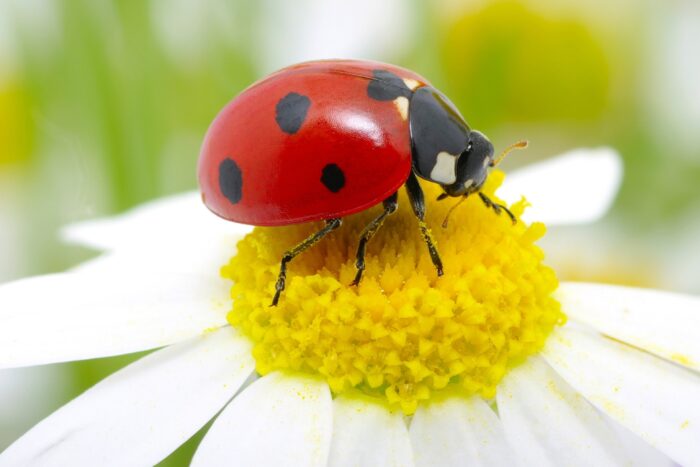
A well-designed outdoor space offers more than aesthetics—it supports life. Different layers of vegetation play a crucial role. Tall trees give shelter to birds, shrubs house small mammals, and ground cover provides refuge for insects. Adding a water feature, like a birdbath or a small pond, turns an ordinary backyard into a sanctuary.
Garden paths can help direct movement while ensuring that small animals and insects remain undisturbed. Soft edges with native grasses allow bees and butterflies to land safely.
Keeping a section of the yard wild increases diversity and ensures different species have food throughout the year. When a landscape functions as a habitat instead of just decoration, the right wildlife arrives naturally.
A professional landscaping company in Calgary, such as Tazscapes Inc, understands the balance between beauty and biodiversity.
Native Plants: The Cornerstone of a Thriving Habitat
Plants suited to the local climate sustain pollinators and other beneficial species. Exotic ornamentals may look appealing, but they lack the nectar, seeds, and foliage needed by local wildlife. A backyard filled with native plants becomes a living buffet, ensuring the right visitors stick around.
Some excellent choices include:
- Wild bergamot – Hummingbirds and bees rely on its nectar.
- Coneflowers – Butterflies and seed-loving birds thrive on them.
- Milkweed – Monarch caterpillars need this plant to survive.
- Saskatoon berry bushes – Small mammals and birds find food and shelter.
Grouping plants in clusters instead of scattering them helps pollinators move efficiently. The blooming periods should overlap, ensuring that food is available year-round. Layering flowers, shrubs, and trees mimics natural ecosystems, creating a self-sustaining space.
The Role of Water: More Than Just a Decoration
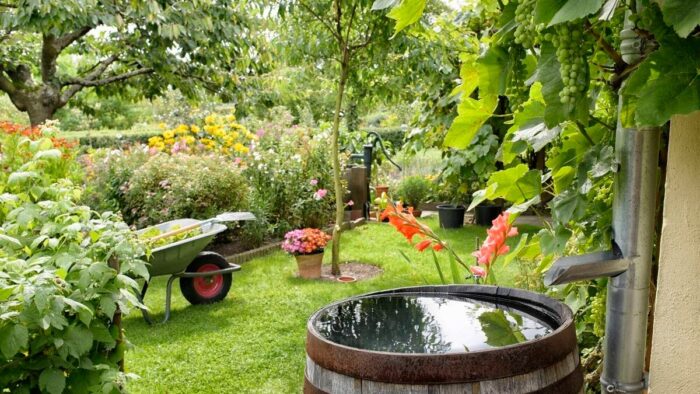
Adding a water source transforms a space into a true oasis. Birds need it for drinking and bathing, while frogs and dragonflies rely on it for survival.
Stagnant water breeds mosquitoes, so a small pump keeps it fresh. A simple birdbath or a shallow dish with pebbles works wonders for thirsty insects.
A shallow puddle allows bees to land safely. Deeper sections give frogs a place to cool off. Rocks and logs near the edge provide safe perches. Moving water attracts more visitors by creating sound and keeping bacteria growth under control.
During winter, water sources freeze, cutting off a vital supply for many creatures. Adding a heated birdbath or breaking the ice each morning ensures a steady drinking spot. Even small changes keep wildlife comfortable and coming back.
Pesticides: The Silent Threat to Backyard Biodiversity
Many well-intentioned gardeners unknowingly disrupt ecosystems by using chemical treatments. Insecticides kill more than just pests—they also harm bees, butterflies, and other crucial pollinators. Herbicides remove wildflowers that feed these visitors. Instead, companion planting and natural repellents offer a safer way to manage unwanted pests.
Beneficial insects keep pest numbers under control:
- Ladybugs feast on aphids.
- Praying mantises target a wide range of harmful bugs.
- Spiders trap mosquitoes and flies.
Encouraging natural predators eliminates the need for harmful sprays.
Companion planting deters pests without harming beneficial species. Basil repels mosquitoes near seating areas. Marigolds keep aphids away from vegetables. Garlic deters slugs near leafy greens. Nature provides solutions when given the chance.
Deadwood and Leaf Litter: A Home for the Smallest Guests
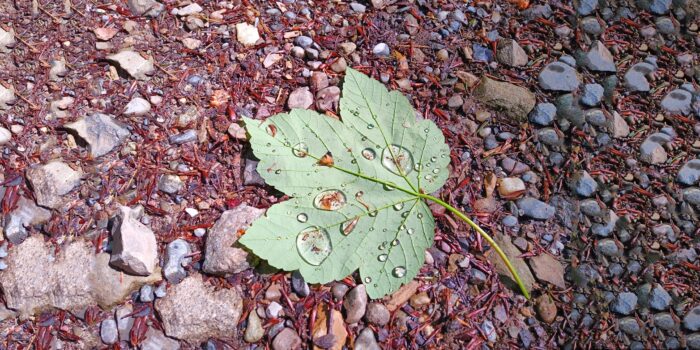
Not all gardens need to be pristine. A pile of logs provides a refuge for amphibians and insects. Fallen leaves nourish the soil and hide beneficial beetles and worms. Even a few untouched corners make a difference.
Dead trees support wildlife long after they stop growing. Woodpeckers nest inside hollow trunks. Fungi break down organic matter, returning nutrients to the soil. Small mammals hide inside fallen logs, avoiding larger predators.
Letting nature take its course adds richness to the landscape. Rotting wood and decomposing leaves may look messy, but they fuel the entire ecosystem. What looks like clutter is actually life in progress.
The Power of Flowers: Year-Round Blooms for Constant Support
Flowers should offer nectar throughout the seasons. Early bloomers like crocuses provide food when resources are scarce. Summer blossoms such as black-eyed Susans keep pollinators busy, and late-season asters extend the buffet. Diversity ensures year-round support for beneficial visitors.
Choosing plants with staggered blooming periods keeps food available. Clusters of flowers attract more pollinators than single blooms. Avoiding double-flowered varieties ensures easier access to nectar and pollen.
Wildflowers bring in more than just insects. Songbirds rely on seed heads, and small mammals forage on dried petals. A well-planned floral arrangement turns any space into a thriving, ever-changing landscape.
Welcoming Birds: Natural Pest Control and Beauty
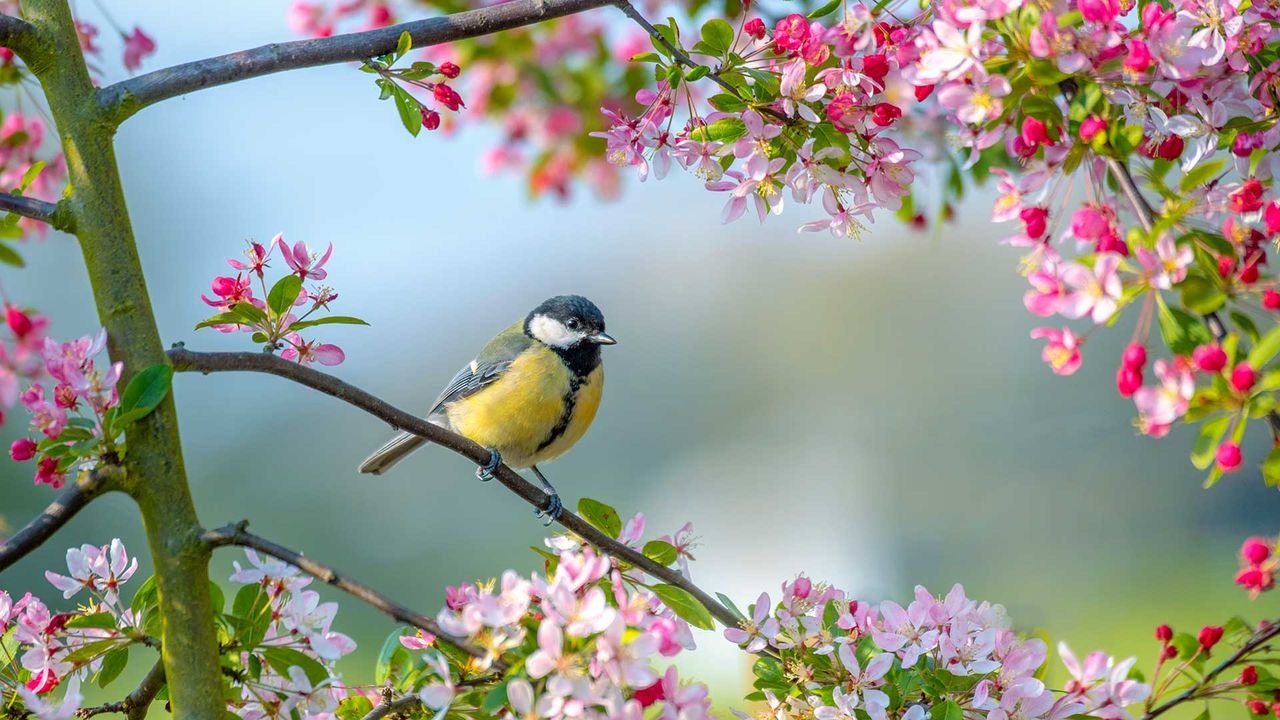
Birds eat caterpillars, beetles, and even mosquitoes. Installing feeders, nesting boxes, and dense shrubs draws them in. Plants rich in berries and seeds, such as elderberries and sunflowers, keep them coming back. A garden alive with birdsong signals a healthy ecosystem.
Shelter keeps them safe. Thick hedges, tall trees, and brush piles offer protection. Providing a mix of perches allows different species to find a comfortable spot. Some prefer open branches, while others need dense foliage to hide.
Winter months reduce food sources. Suet, sunflower seeds, and peanut butter keep birds fueled. Clean water prevents dehydration. When a space meets their needs, birds repay the favor by keeping pests under control.
Nighttime Visitors: Encouraging the Nocturnal Helpers
Moths, bats, and owls work after dark. A well-lit space deters them, so keeping lights dim or using motion sensors helps. Bats feast on mosquitoes, while owls handle rodents. A few well-placed trees give them the shelter they need.
Night-blooming flowers attract helpful insects. Evening primrose and jasmine release strong scents that draw in pollinators. Less human activity at night means safer feeding opportunities.
Artificial lights confuse nocturnal animals. Reducing brightness near trees and water lets them navigate easily. Leaving out fruit scraps encourages natural composting and provides an extra food source.
Creating Corridors: Connecting Green Spaces
Wildlife does not stay confined to one yard. Small pathways between green spaces allow movement. Hedges, climbing vines, and shrubs create these links. When gardens connect, local species flourish.
Even city backyards play a role. Window boxes, balcony planters, and rooftop gardens provide stopping points. A network of green spaces strengthens entire communities.
Wildlife-friendly corridors protect species by preventing isolation. A single tree-lined street or a row of shrubs links disconnected habitats. Simple changes allow beneficial creatures to move safely through urban environments.
Final Thoughts
Transforming an outdoor space into a haven for beneficial wildlife takes patience, but the rewards last for years. Every small change—planting a native shrub, installing a birdbath, or skipping pesticides—contributes to a healthier environment. A flourishing backyard filled with movement and sound proves that nature and design can work together seamlessly.














